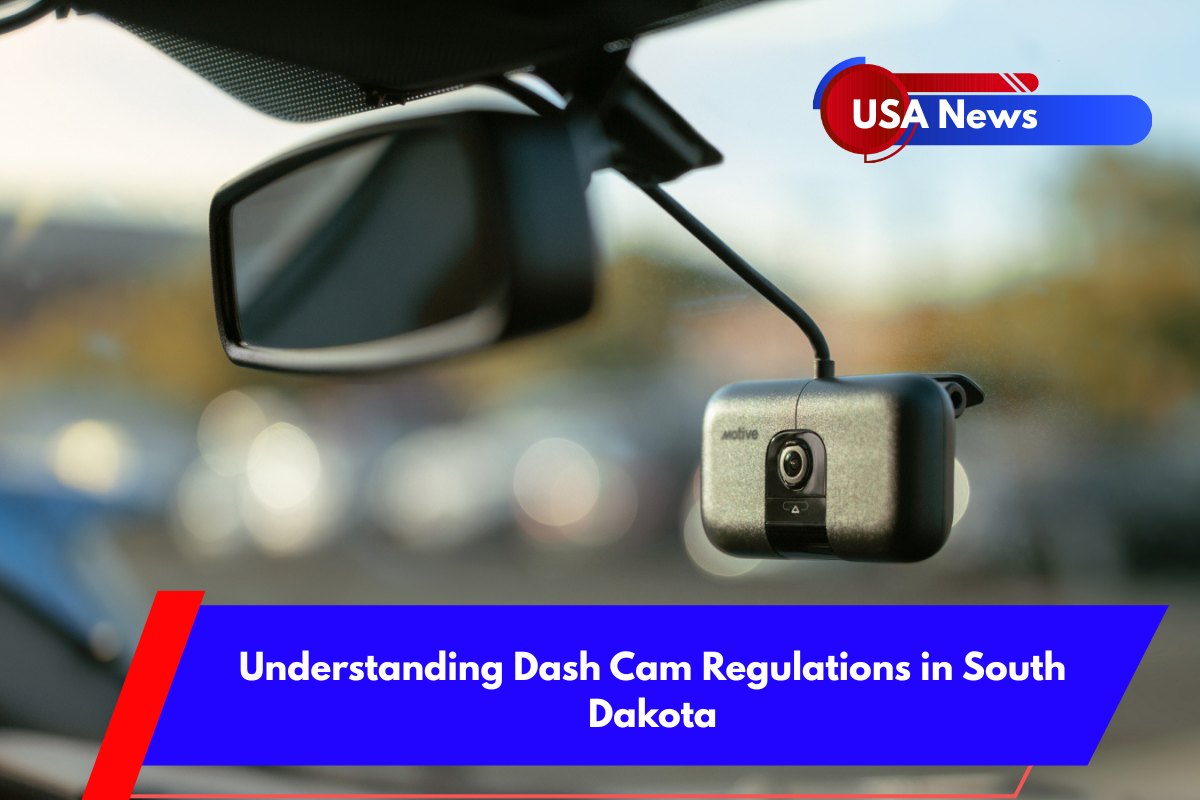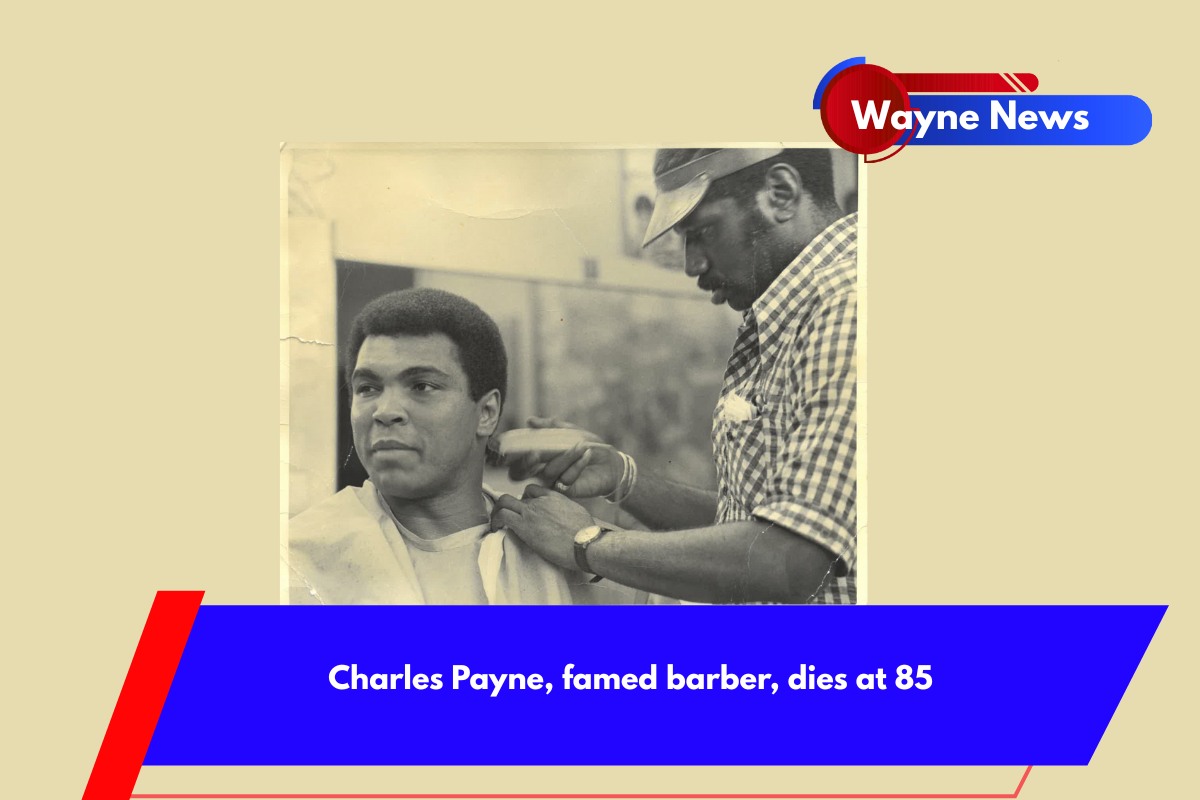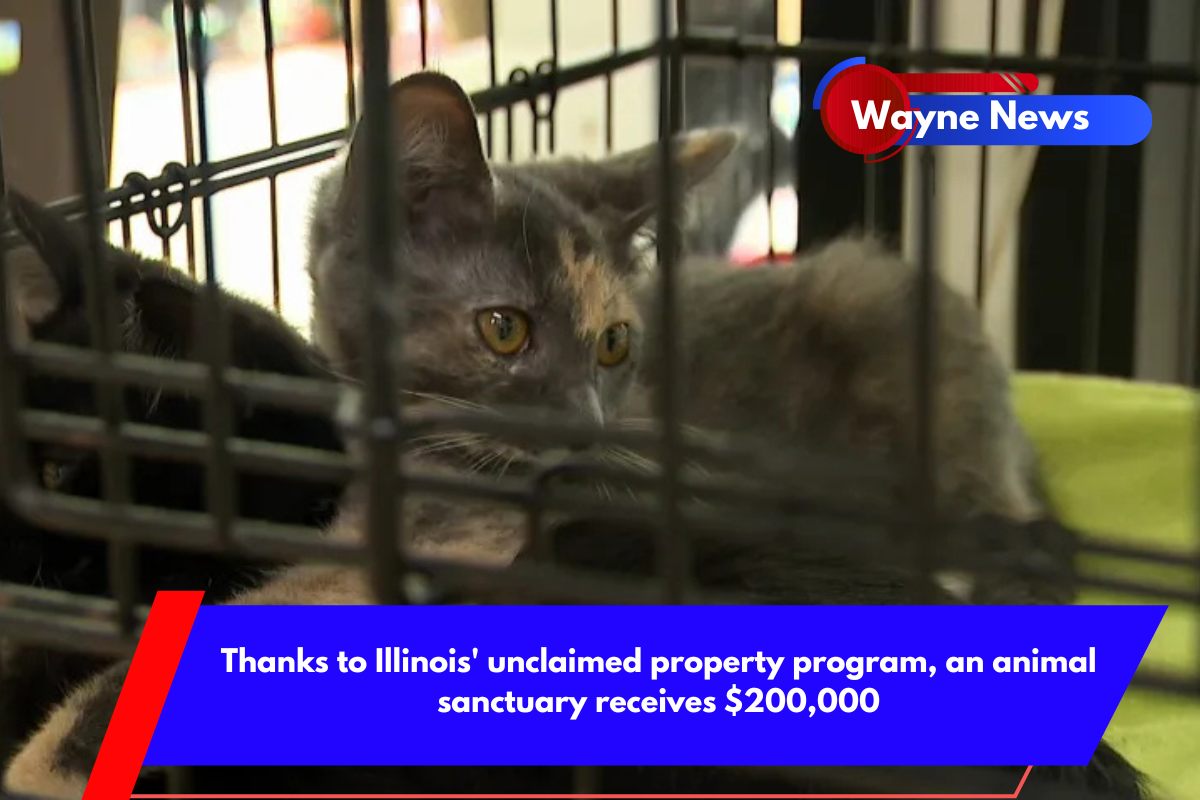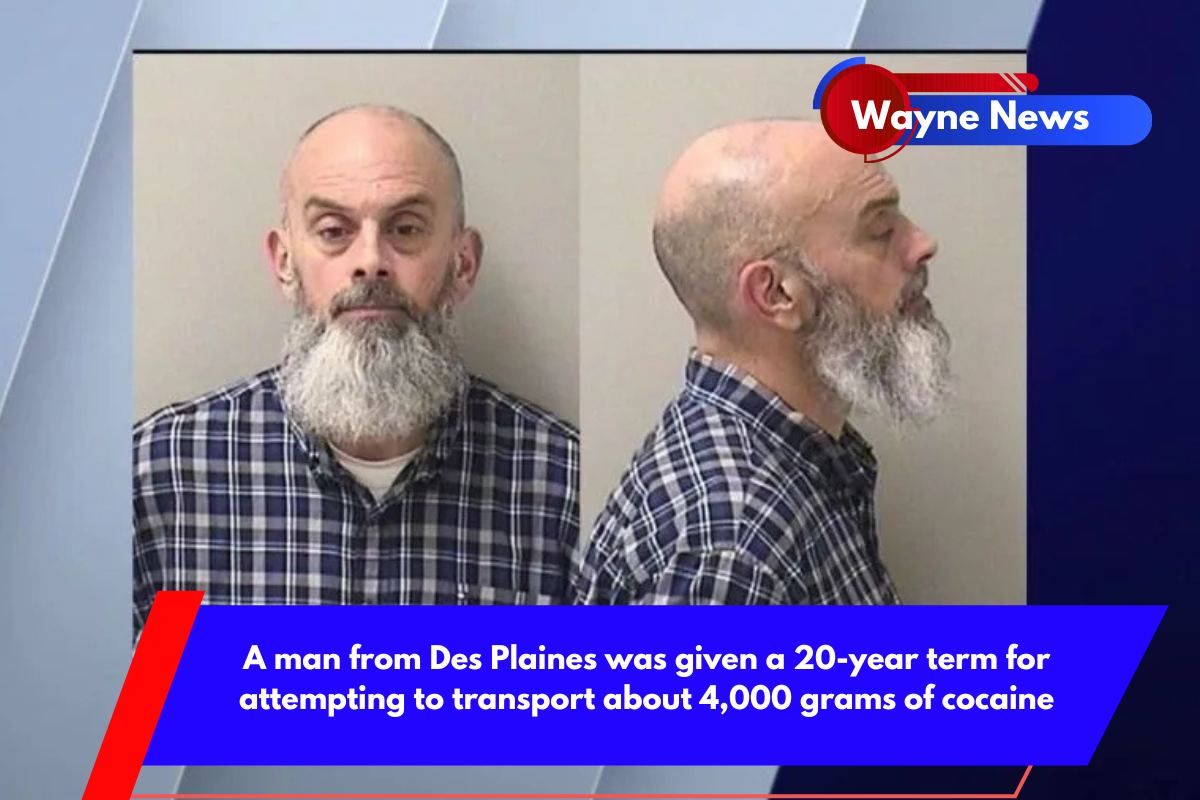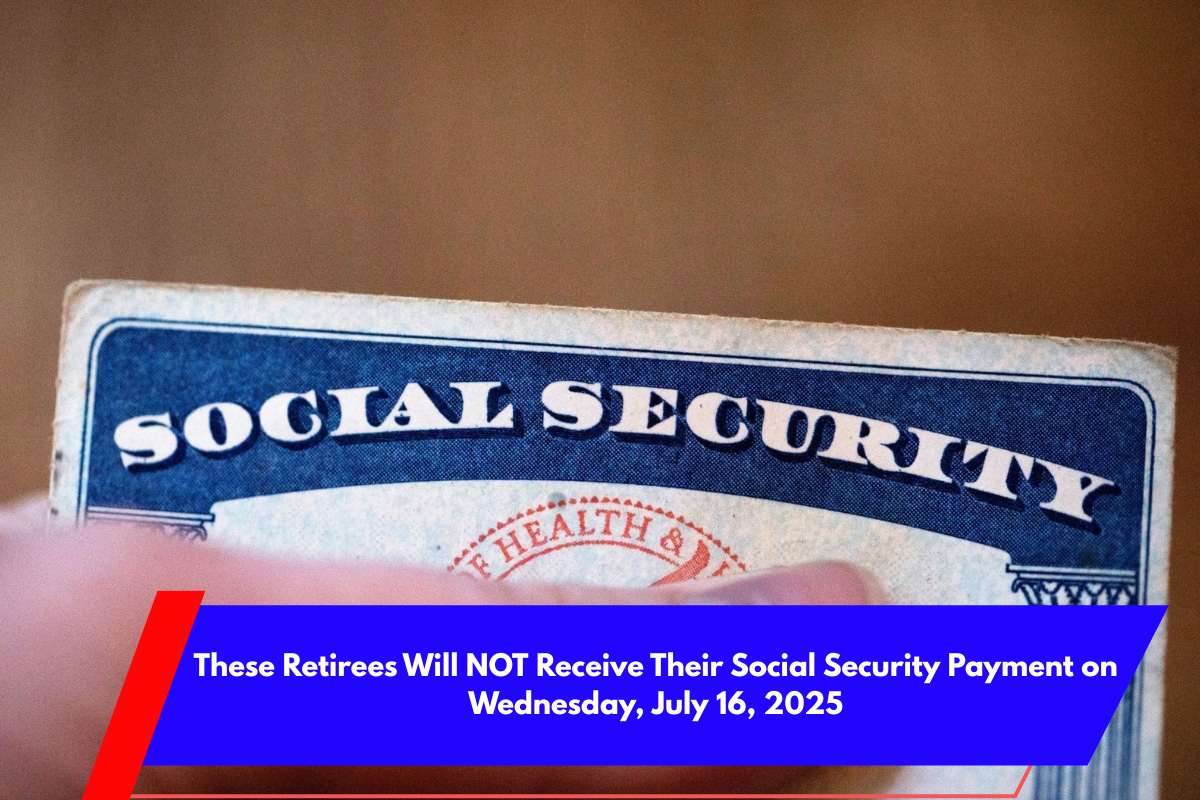Dash cams are becoming increasingly popular for both private and commercial vehicles, offering drivers a reliable way to document road incidents, accidents, and unusual events.
In South Dakota, the use of dash cams is legal, but there are specific rules and guidelines to ensure safe, legal use. Here’s a breakdown of the regulations around dash cam usage in the state, including mounting requirements, audio recording laws, and considerations for using footage in court.
Dash Cam Legality in South Dakota
Dash cams are legal to use in South Dakota, and both private citizens and commercial vehicle operators can equip their vehicles with these devices. However, the installation and operation of dash cams must adhere to safety and privacy laws to remain compliant with state regulations.
Mounting Requirements for Dash Cams
There are specific restrictions on where and how you can mount your dash cam to avoid obstructing your view and to ensure your safety while driving.
Windshield Restrictions
In South Dakota, it is illegal to mount a dash cam on the windshield or any other windows of the vehicle. This rule is in place to prevent any obstruction of the driver’s view, which could potentially cause dangerous driving conditions.
Dashboard Placement
The dash cam must be mounted on the dashboard, typically behind the rear-view mirror or in the lower passenger-side corner of the windshield. The key is that the placement should not block the driver’s view of the road.
Obstruction of View
Any device or equipment that obstructs the driver’s view, including poorly mounted dash cams, is prohibited. It’s important to install your dash cam in a way that ensures you have a clear line of sight while driving.
Audio Recording Laws for Dash Cams
When using a dash cam that records audio, it’s essential to understand South Dakota’s one-party consent law. This means:
One-Party Consent: In South Dakota, it is legal to record audio conversations as long as one party in the conversation (which can be yourself) consents to the recording. In other words, if you are part of the conversation, you can legally record the audio without informing the other party.
Best Practice: Although not required by law, it’s generally courteous to inform passengers if you are recording audio. This can help avoid potential disputes and demonstrate transparency.
Use of Dash Cam Footage in Court
Dash cam footage can serve as valuable evidence in legal proceedings, but there are specific guidelines to ensure its admissibility.
Admissibility in Court
Dash cam footage is generally admissible as evidence in South Dakota courts if the footage is relevant to the case at hand and was obtained legally (i.e., the dash cam was mounted correctly, and the recording complies with consent laws).
Authentication of Footage
To be accepted as evidence, the footage must be authentic and unaltered. Courts require that the footage hasn’t been tampered with and can be verified as an accurate representation of the event recorded.
Privacy Considerations for Dash Cam Use
While dash cams are allowed to record on public roads, there are certain privacy concerns to be aware of:
Public vs. Private Spaces
Recording on public roads is legal, but it’s important to respect people’s privacy. Avoid recording in private spaces, such as private driveways or inside private homes, where individuals have a reasonable expectation of privacy.
Misuse of Dash Cam Footage
Using your dash cam to invade someone’s privacy, for example, to conduct surveillance or record private property without consent, could result in legal consequences. Always be mindful of the ethical use of your dash cam.
Tips for Legal Dash Cam Use in South Dakota
To ensure that your dash cam is used legally and effectively, here are a few best practices:
Mounting: Always mount your dash cam on the dashboard or behind the rear-view mirror—never on the windshield or any other window.
Visibility: Ensure the dash cam does not obstruct your view or create any distractions while driving.
Check Functionality: Regularly check that your dash cam is working correctly and that the lens is clean for clear footage.
Store Footage Securely: Keep important footage, especially footage related to insurance claims or potential legal matters, stored securely.
Sources:
1. https://www.enjuris.com/blog/resources/dash-cam-laws-by-state/
2. https://facit.ai/insights/dash-cam-laws-by-state
3. https://www.gpsinsight.com/blog/are-dash-cameras-legal-in-commercial-vehicles/
